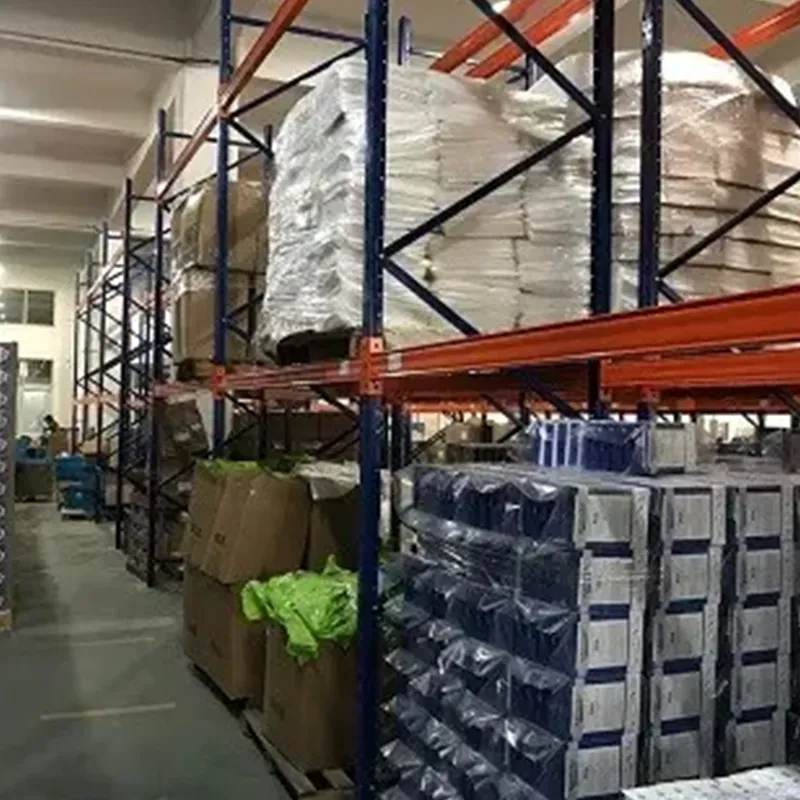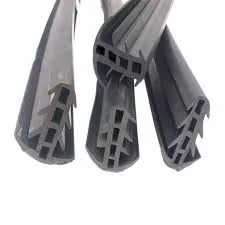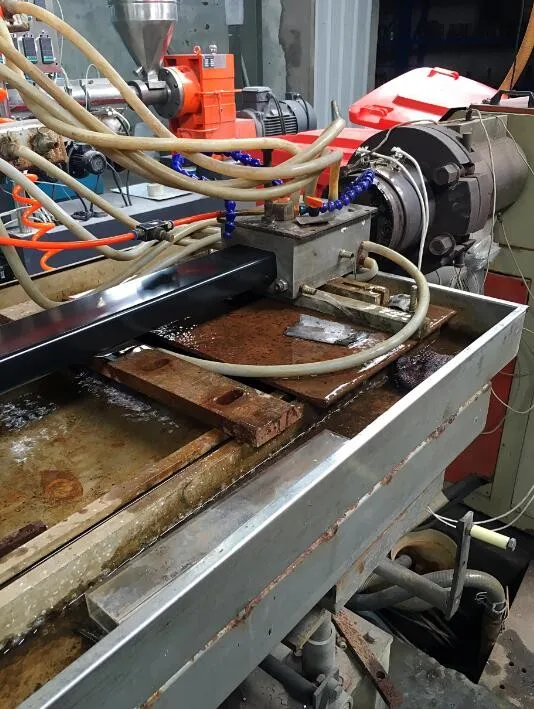3D metal acrylic trim caps are a significant addition to modern manufacturing, offering durability, aesthetic appeal, and customization. As industries continue to evolve, the demand for innovative components will only grow. By carefully selecting a competent and reliable supplier, manufacturers can ensure they meet the high standards customers expect and stay competitive in their respective markets. Whether in automotive, electronics, or beyond, investing in quality trim caps can enhance product offerings and ultimately drive success.
 Home
Home













